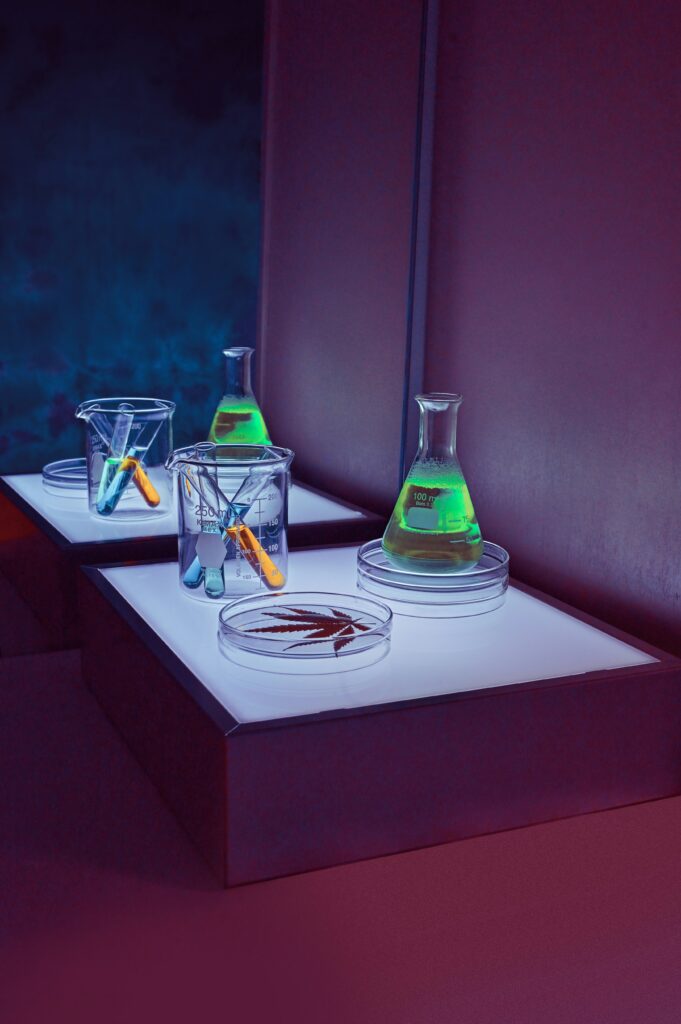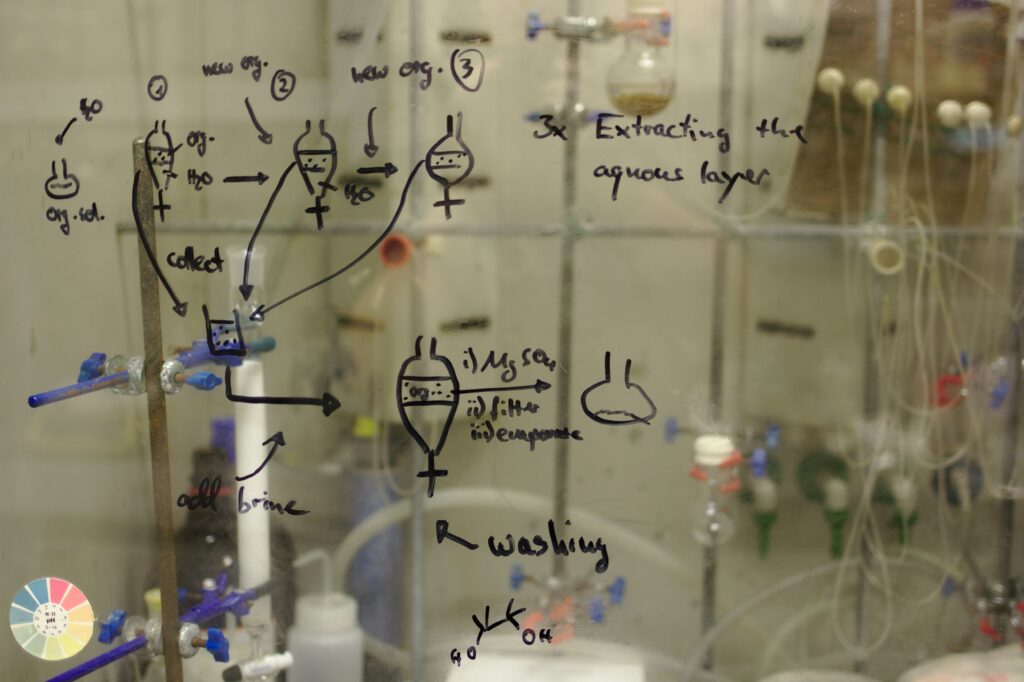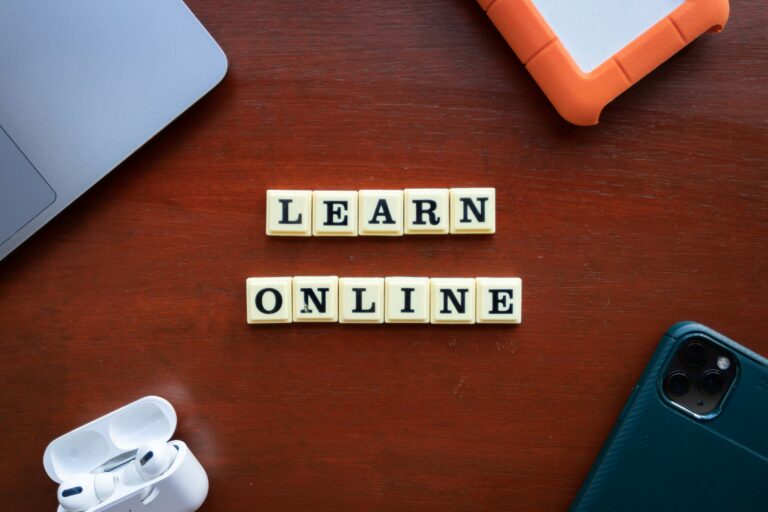The allure of science often lies in the realms of lab coats, goggles, and towering racks of test tubes. But what if we told you that science could also be discovered and embraced outside the traditional classroom setting? As we delve into the concept of ‘Unleashing Your Inner Scientist,’ we aim to unlock a world where learning is not confined to textbooks and lectures, but becomes a hands-on, immersive experience. 🧪

Our exploration begins with the shift from passive learning to active exploration, highlighting how it can ignite a passion for science. We will delve into how to make this transition, breaking down barriers between everyday life and scientific discovery. The goal is to bring the wonder of science into your home, your backyard, or even your kitchen, transforming the mundane into the extraordinary. 🔬
Our journey will then take us into the depths of how and why this approach works. We will introduce you to concepts like experiential learning and inquiry-based science, shedding light on how they enhance understanding and foster a deep love for science. Get ready to see how science, far from being a sterile and distant subject, can be a part of everyday life, sparking curiosity and encouraging lifelong learning. 🚀
Finally, we will arm you with practical tips and tricks on how to incorporate hands-on learning into your routine. Whether you are an educator, a parent, or someone with an insatiable thirst for knowledge, this guide will serve as a stepping stone to discovering the joy of hands-on learning and exploration. Get ready to roll up your sleeves, let go of any fears, and unleash your inner scientist. Your journey towards a more exciting, enriching and engaging science learning experience begins now! 💡
🌱 Embracing Science Outside the Lab
When we think of science, our minds often jump to laboratories filled with microscopes, test tubes, and scientists in white coats. But in truth, science is not confined to sterile environments or academic institutions—it’s a dynamic, everyday tool for understanding life. At its heart, science is a method, a mindset, a way of seeing the world with curiosity, logic, and openness.
Science thrives in kitchens, gardens, workshops, and even city sidewalks. From analyzing the ingredients in a recipe to questioning why certain plants grow better in shade than sunlight, the scientific process is at play all around us. When we observe patterns, ask questions, test outcomes, and adjust our actions based on results, we’re applying the fundamentals of scientific thinking—even without realizing it.
This broader perspective encourages us to become active participants in the world, not just passive observers. It transforms everyday experiences into learning opportunities and empowers us to make informed, thoughtful decisions based on evidence and observation. Whether you’re troubleshooting a household problem, planning a budget, or teaching a child, scientific thinking is a powerful life skill.
🔬 The Power of Hands-On Learning
Hands-on learning is one of the most effective and rewarding ways to engage with science. Rather than simply reading or hearing about scientific concepts, this approach invites learners to experiment, create, manipulate, and observe—transforming abstract theories into real-world understanding.
By physically interacting with materials and processes, learners develop deeper comprehension, stronger retention, and enhanced problem-solving skills. For example:
- Building a computer reinforces lessons in electronics, logic systems, and engineering.
- Growing a garden teaches principles of biology, chemistry, and environmental science.
- Cooking or baking becomes an exploration of heat transfer, chemical reactions, and measurements.
- Tinkering with household repairs introduces mechanics, physics, and even trial-and-error experimentation.
Hands-on learning also fosters confidence, independence, and creativity. It gives learners the chance to fail, adapt, and try again—mimicking the real process of discovery. Whether at home, in community centers, or through DIY kits and online tutorials, hands-on science proves that meaningful learning doesn’t require a lab—it just requires curiosity and the willingness to engage.

For instance, consider the process of baking. It might not seem like it, but every time you bake, you’re conducting a chemical experiment. The combination of ingredients, the precise temperature settings, and even the specific order in which you mix ingredients can all have a significant impact on the final product. Understanding the science behind baking can help you become a better baker and appreciate the science that’s all around us.
🌟 The Joy of Discovery
There is a unique and deeply human joy found in the act of discovery. It’s that moment of realization, the spark of understanding, the thrill of seeing something familiar from a brand-new perspective. Discovery is not limited to laboratories or monumental breakthroughs; it happens every time we learn something new, no matter how small. It’s a form of intellectual excitement—one that awakens curiosity and drives us to keep exploring.
This joyful process is what lies at the heart of scientific exploration. It’s not merely about accumulating knowledge—it’s about uncovering meaning. Whether you’re learning how plants grow, exploring the vastness of space, or realizing how a chemical reaction works, every “aha!” moment brings us closer to a deeper understanding of the universe and our place in it. And the best part? This feeling is accessible to everyone.
🔍 Science in Everyday Life
Science is not something abstract or distant—it’s woven into the very fabric of our daily lives. From the smartphones we use to communicate, to the mechanics behind how we cook, sleep, or exercise, science is always present. It’s not limited to formal education or research institutions; it lives in our habits, our observations, and our questions.
Take a moment to notice the world around you:
- The electricity that powers your home is a product of physics.
- The nutrition labels on your food reflect chemistry and biology.
- The weather outside your window is shaped by atmospheric science.
- Even your emotions and thoughts have neurological explanations grounded in science.
Consider the seemingly simple experience of listening to music. While we enjoy it emotionally and artistically, it’s also a complex scientific phenomenon. Vibrating strings or vocal cords produce sound waves, which travel through the air, enter our ears, and are translated by our brains into melody and rhythm. Understanding this process doesn’t take away the magic of music—instead, it adds a new layer of wonder and appreciation.
By recognizing science in the everyday, we begin to see the world not just as it is, but as a living, breathing classroom—one filled with awe, questions, and endless possibilities for discovery.
🔬 Turning Curiosity into a Learning Experience
Curiosity is the spark that fuels discovery. At its core, science begins with a question—Why? How? What if? This innate desire to understand the world is something we all share, whether we’re children exploring how things work or adults marveling at the mysteries of the universe. By nurturing curiosity, we transform everyday experiences into meaningful opportunities for learning and growth.
Science isn’t confined to laboratories or academic papers—it’s woven into the fabric of daily life. From observing weather patterns to experimenting in the kitchen, the act of asking thoughtful questions and seeking answers is a scientific pursuit. Curiosity is the foundation of lifelong learning—and when we follow our inquisitiveness with intention, we become more engaged, informed, and innovative individuals.
🧪 Engaging Your Inner Scientist
You don’t need a lab coat or PhD to think like a scientist. Adopting a scientific mindset means approaching the world with wonder, skepticism, and a desire for evidence. It means replacing assumptions with inquiry and exploring solutions through observation, experimentation, and reflection.
Here’s a simple exercise to tap into this mindset: the next time you face a challenge—be it personal, technical, or practical—treat it as an experiment. Break it down into smaller parts. Ask:
- What exactly is the problem?
- What factors are at play?
- What possible solutions can I test?
- What do the results tell me?
By doing so, you’ll not only train your critical thinking and problem-solving skills but also develop a more structured, resilient, and open-minded approach to everyday life. In this way, science becomes more than a subject—it becomes a tool for navigating the world with curiosity and clarity.
Tools and Resources for Hands-On Learning
There are countless resources available for hands-on learning. Here are a few examples:
- Science kits: These kits provide all the materials you need for a wide range of experiments. They’re a great way to get started with hands-on learning.
- Online tutorials: Websites like YouTube and Khan Academy offer tutorials on a vast array of topics. You can learn how to code, build electronics, and much more.
- Maker spaces: These community spaces offer tools and resources for hands-on learning. You can use 3D printers, laser cutters, woodworking tools, and more.
- Online courses: Websites like Coursera and edX offer online courses in science and technology. These courses often include hands-on projects that you can do at home.
Remember, science isn’t just about learning facts or understanding theories. It’s a way of thinking and exploring. So, go out there and unleash your inner scientist! Embrace the joy of hands-on learning and discovery.
Science as a Lifelong Companion
Science is far more than a subject studied in school or a profession confined to laboratories. It is a way of thinking, exploring, and understanding the world that surrounds us every single day. From the moment we ask our first “why?” as children, we begin engaging in scientific thought—driven by curiosity, observation, and the desire to find answers. This innate drive continues throughout our lives, and when nurtured, it transforms our everyday experiences into rich, meaningful learning opportunities.
Embracing science outside of traditional settings—whether through hands-on projects, everyday problem-solving, or simply noticing patterns in nature—invites us to interact with the world more deeply. It empowers us to be more thoughtful, more informed, and more capable individuals. When we see science not as distant or difficult but as accessible, relevant, and exciting, we unlock its full potential in our lives.
Moreover, by developing a scientific mindset, we learn to approach challenges methodically, seek evidence, remain curious, and think critically—skills that are vital not just in academics, but in relationships, careers, and communities. Whether we’re conducting an experiment, growing a garden, fixing a broken appliance, or understanding the ingredients in our meals, we are participating in the process of discovery.
Ultimately, the joy of science lies in its universality. It belongs to everyone—not just scientists. It thrives in conversation, exploration, and wonder. By encouraging ourselves and others to explore scientific ideas with openness and enthusiasm, we create a culture that values lifelong learning, celebrates discovery, and recognizes the beauty of the unknown.
So step outside, ask a question, observe closely, and never stop learning. Science is not a destination—it’s a journey. And that journey can begin wherever you are, right now. 🔬🌍💡
Conclusion
In conclusion, “Unleash Your Inner Scientist: Embrace Science Without the Lab Coat!” provides a dynamic approach to scientific learning. It underscores the joy of exploring science beyond the confines of a traditional classroom and lab setting, reaffirming that science is not just about lab coats and test tubes. Instead, it’s a mindset, a curiosity, a desire to understand the world around us. The concept encourages hands-on learning, which fosters a deeper understanding of scientific principles and their real-world applications.
Moreover, the essence of this approach is inclusivity. It’s an invitation to everyone, irrespective of age or academic background, to explore the intriguing world of science. The magic of this approach lies in its simplicity and accessibility, proving that science is everywhere in our daily lives, waiting to be discovered and understood.
Embracing science without the lab coat makes learning fun and interactive, thereby instilling a lasting love for science. It’s an exploration, an adventure that inspires creativity, critical thinking, and problem-solving skills. This approach, while unconventional, provides a platform for lifelong learning, where every day is an opportunity to learn something new. It truly is a wonderful way to unleash one’s inner scientist and foster a culture of curiosity, innovation, and discovery.
Unleash Your Inner Scientist is not just a philosophy; it’s a revolution that has the potential to change our perception of science forever.



